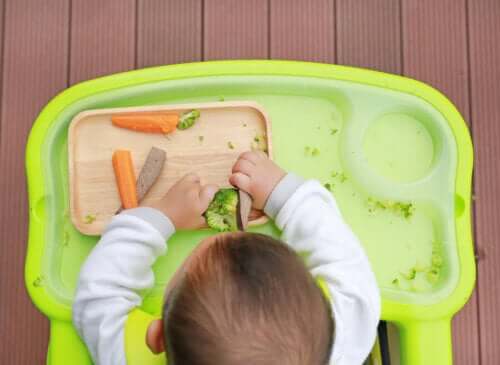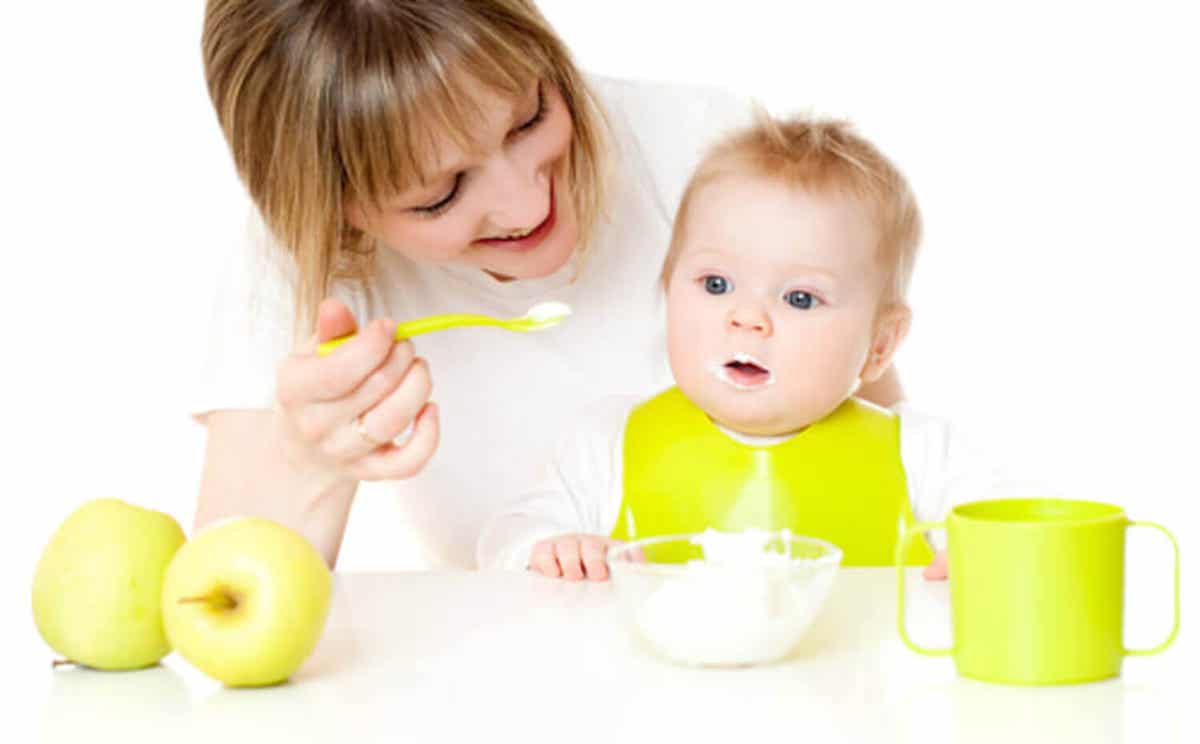What’s Best: Pureed Baby Food or Baby-Led Weaning?
Lots of parents wonder about the best way to feed their baby. Here, we'll talk about the big debate: Pureed baby food or baby-led weaning?

According to the World Health Organization (WHO) and the American Academy of Pediatrics (AAP), during the first 6 months, babies should be fed exclusively milk, preferably breast milk. However, around 6 months, it’s time to decide between pureed baby food or baby-led weaning. Here, we’ll discuss the advantages and disadvantages of both types of complementary feeding.
Keep in mind that food is a very serious issue, and it directly impacts kids’ growth and development. Therefore, before making any decision about this, it’s best to talk to your pediatrician. They’ll give you the best directions and recommendations.
Baby food or baby-led weaning?
Complementary feeding is the process of gradually including different types of foods and liquids into the baby’s diet in addition to milk. That way, they benefit from all of the nutrients they need to grow properly.

To do this, you can opt for pureed baby food or food cut into chunks, also known as baby-led weaning, or a combination of both methods. What are the advantages and disadvantages? Let’s see!
Advantages and disadvantages of baby food
Since the invention of blenders and kitchen gadgets, making baby food and purees has been a common way to feed babies. Surely, it has some disadvantages, such as:
- It’s easy to prepare
- There’s less risk of your baby choking on a spoon.
- Clean-up’s a breeze, as the adult controls the baby’s intake.
However, it also has its drawbacks, which include:
- You can make the mistake of giving your baby lots of food in a short amount of time.
- The baby doesn’t develop autonomy when it comes to eating.
- They can’t eat with the family because they have to eat before or after, since someone has to give them the baby food.
- The baby can’t distinguish between different foods and their textures.
The advantages and disadvantages of baby-led weaning
An alternative that’s becoming more popular is baby-led weaning, which consists of giving the baby their food in pieces. Why is this method so widely used? It has some great benefits for your baby:

- Helps develop orofacial muscles
- Allows the stimulation of hand-eye coordination and psychomotor development by allowing children to eat food with their own hands or a fork
- Promotes autonomy and self-regulation while eating, as little ones take an active role at mealtime
- Facilitates the transition to solid food
- Allows sensory stimulation, so babies can discover different tastes, smells, textures, and colors of food
- Encourages the participation and inclusion of infants in family meals
However, there are also some drawbacks that you must take into account before trying this type of complementary diet:
- It’s very messy, as the baby, especially at the beginning, will experiment with their food. Their mouth, the tablecloth, the high chair, and the floor will all get messy.
- There’s a certain risk that the baby will choke or suffocate, so it’s best to take a first aid course and learn to act quickly in case this happens.
About baby food or baby-led weaning
Regardless of the method you choose after your baby turns six months, either pureed baby food or baby-led weaning, the important thing is that your baby gets balanced and healthy nutrition that allows it to develop optimally.

